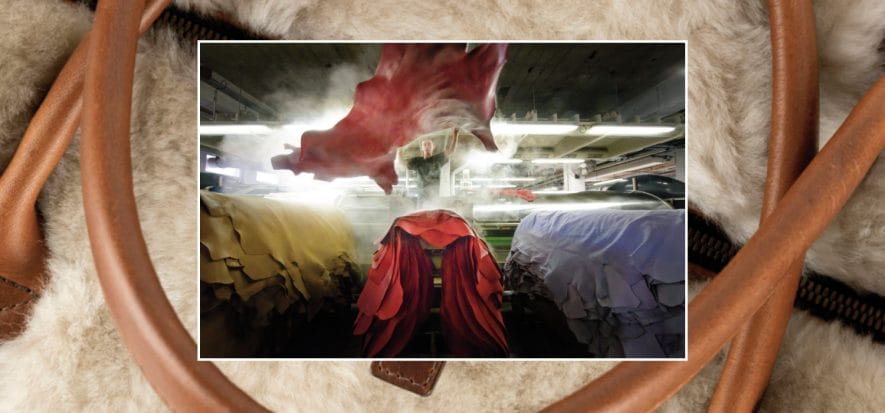A trip that took Moore & Giles from sofas to handbags, to escape bankruptcy and find itself stronger. The US-based company was at risk, as its activities focused on supplying leather for footwear was decreasing due to the relocation of US manufacturing in Asia. What to do? The company didn’t give up. It got into the upholstery segment and was succesful, because the move allowed Moore & Giles to go down a path that now allows it to employ 115 people in its headquarters in Virginia.
From sofas to handbags
The jump towards the upholstery segment wasn’t succesful right away, admits the company’s president, Sackett Wood to Business of Home. The turn came after a bright intuition. “We sent a handbag to a Spanish tannery we supplied – sayd Mr. Wood -. We want leather like the one used for sofas, we said. The supplier made us 10 samples and said, what do you need it for? We sell it to furniture stores”. What seemed to be a strange idea, turned out to be on target. The first client was Henredon, once a manufacturer of Ralph Lauren Home. “We were considering 5,000 to be a good amount to be sold – continued Mr. Wood -, but we ended up surpassing that number by a lot”.
The brand
Based in the enthusiasm, Moore & Giles launched its own accessories’ line in 2005. “When you decide to invest in you own brand, you must do so with conviction – explains the president -. When we prepared the first collection we decided to do a photo shooting for it, but when we received the photos we didn’t like a single one. It costed a lot, but we re-did the shooting”. Now Moore & Giles has an internal marketing team inclusive of 2 photographers, a graphic designer and a web designer”.
The value of leather
The Virginia-based company works with a few tanneries in Italy, Spain, New Zealand, South America and the Far East. Most of all, Moore & Giles sees leather as an asset of paramount importance, beside from being a sustainable value. “If we didn’t know tanning existed somebody surely would have to invent it – concludes Mr. Wood -, because otherwise we would have to find a solution to all the raw hides left behind in the landfill”.ù
Read also:











